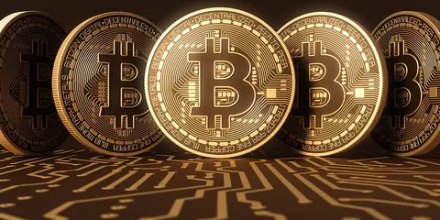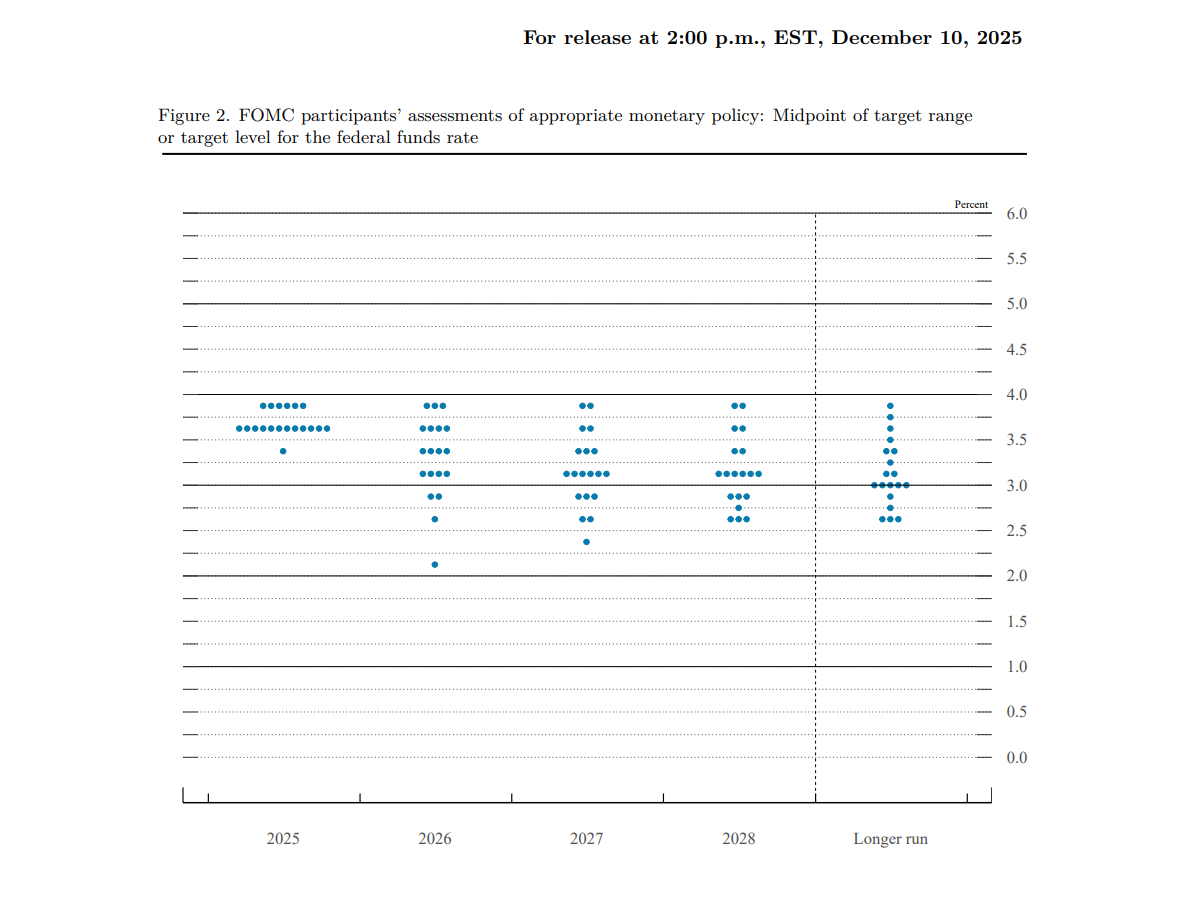Zelle explores stablecoin rails for global money transfers
Zelle is building its international expansion on the backbone of stablecoin technology in a move to translate its domestic payment dominance into a global language of faster, cheaper cross-border transactions.
- Zelle moves to adopt stablecoin rails for faster, cheaper cross-border transfers.
- Backed by owner banks, the initiative leverages regulatory clarity and a $1 trillion annual transaction base.
- Fintech rivals like PayPal and Wise are also accelerating stablecoin strategies amid rising global adoption.
In a press release dated Oct. 24, U.S. payment network Zelle announced a new initiative by its operator, Early Warning Services, to leverage stablecoin technology for cross-border money movement.
The move, backed by the network’s owner banks, marks a strategic pivot for the primarily domestic platform, aiming to solve the persistent challenges of cost and speed in international transfers. CEO Cameron Fowler cited improved U.S. regulatory clarity as a key enabler, allowing the company to focus on innovating for the global stage.
“Our goal is to bring the trust, speed and convenience of Zelle to consumers’ international money movement needs. We’re investing where consumer need, bank capability and global opportunity intersect. With improved regulatory clarity in the U.S., we can focus on what we do best: driving innovation to market,” Fowler said.
Zelle’s trillion-dollar bet on a new financial rail
The scale of Zelle’s ambition is matched only by the network it already commands. Early Warning Services disclosed that approximately $1 trillion was transferred over its platform last year, a figure that underscores the immense, ready-made user base it could instantly deploy into the global market.
The move arrives as stablecoins solidify their role as a formidable force in global finance. According to Andreessen Horowitz, stablecoins processed $46 trillion in onchain transactions over the past year, dwarfing throughput of legacy giants like Visa.
Notably, the report notes that this surge has largely decoupled from crypto trading, signaling that these digital dollars are now being used for substantive economic purposes, powering a new, global settlement layer.
Zelle is far from alone in recognizing this potential. The landscape is rapidly shifting as legacy fintechs pivot to co-opt the technology. PayPal, a long-time Zelle competitor in the U.S., has already made significant inroads with its PYUSD stablecoin, exploring its use for cross-border settlements.
Meanwhile, London-based Wise, which processed £145 billion in cross-border payments last year, is also making its first major moves into the space. The firm recently posted a job listing for a product leader to build “wallets and/or payments solutions based on stablecoins,” a signal that it views the technology as both a critical opportunity and an existential threat to its own low-cost transfer model.
Disclaimer: The content of this article solely reflects the author's opinion and does not represent the platform in any capacity. This article is not intended to serve as a reference for making investment decisions.
You may also like
"Validator's Pendle" Pye raises $5 million, enabling SOL staking yields to be tokenized
There are truly no creative bottlenecks in the financialization of Web3.

DiDi has become a digital banking giant in Latin America
DiDi has successfully transformed into a digital banking giant in Latin America by addressing the lack of local financial infrastructure, building an independent payment and credit system, and achieving a leap from a ride-hailing platform to a financial powerhouse. Summary generated by Mars AI. This summary was produced by the Mars AI model, and its accuracy and completeness are still being iteratively improved.

Fed rate cuts in conflict, but Bitcoin's "fragile zone" keeps BTC below $100,000
The Federal Reserve cut interest rates by 25 basis points, but the market interpreted the move as hawkish. Bitcoin is constrained by a structurally fragile range, making it difficult for the price to break through $100,000. Summary generated by Mars AI This summary was generated by the Mars AI model, and the accuracy and completeness of its content are still being iteratively updated.

Full text of the Federal Reserve decision: 25 basis point rate cut, purchase of $4 billion in Treasury bills within 30 days
The Federal Reserve cut interest rates by 25 basis points with a 9-3 vote. Two members supported keeping rates unchanged, while one supported a 50 basis point cut. In addition, the Federal Reserve has restarted bond purchases and will buy $40 billion in Treasury bills within 30 days to maintain adequate reserve supply.

